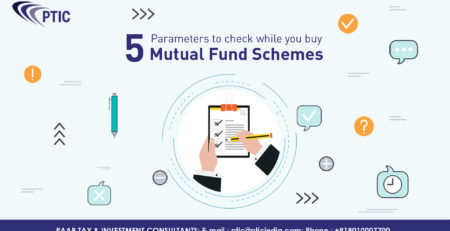ELSS vs PPF 2025 is one of the hottest tax-saving debates this year. Both are top contenders under Section 80C of the Income Tax Act, but they cater to very different financial goals. While ELSS (Equity Linked Savings Scheme) offers market-linked returns, PPF (Public Provident Fund) is ideal for stable, long-term savings. So which should you choose in 2025?
What Is ELSS?
ELSS (Equity Linked Savings Scheme) is a type of mutual fund that invests mainly in equity markets. It’s designed for individuals looking to grow their wealth while also enjoying tax benefits. ELSS has the shortest lock-in period of just 3 years among all Section 80C investments.
Key highlights of ELSS:
-
It offers market-linked returns, typically higher over the long term.
-
There’s a moderate to high level of risk, as it depends on stock market performance.
-
ELSS is suitable for investors with a long-term horizon and a tolerance for short-term market fluctuations.
-
Tax deduction of up to ₹1.5 lakh is available under Section 80C.
-
After the lock-in period of 3 years, funds can be withdrawn.
What Is PPF?
PPF (Public Provident Fund) is a government-backed savings scheme meant for long-term wealth preservation and tax-saving. It’s ideal for conservative investors who prefer capital safety over higher returns.
Key highlights of PPF:
-
It offers guaranteed, tax-free interest, currently at 7.1% per annum (as of 2025).
-
The lock-in period is 15 years, which makes it a long-term commitment.
-
Partial withdrawals are allowed after the 6th year.
-
Interest earned and maturity amount are fully tax-exempt.
-
It’s a low-risk instrument with government assurance.
Which One Should You Choose in 2025?
If you’re looking for higher returns and can tolerate some market risk, ELSS is a better fit. It allows wealth creation in addition to tax benefits and has a shorter lock-in period. ELSS is ideal for younger investors or anyone looking to stay invested for 5–7 years or more.
On the other hand, PPF is the go-to choice if you value safety and guaranteed returns. It’s excellent for retirement savings or long-term goals like your child’s education. Though the returns are lower than ELSS, they are stable and come with complete tax exemption.
What’s the Smart Strategy?
You don’t always have to choose one over the other. Many smart investors combine both options:
-
Use PPF for long-term capital protection and guaranteed, tax-free income.
-
Use ELSS for building long-term wealth through equity exposure.
This way, you balance growth and stability while fully utilizing your ₹1.5 lakh 80C tax limit.
🏆 PTIC INDIA – Your Partner in Smart Financial Planning
At PTIC INDIA, based in New Delhi, we’ve been guiding investors for over 27 years through personalised investment strategies. With a trusted base of over 6,000 investors, we help clients choose the right mix of tax-saving instruments like ELSS, PPF, NPS, and more—based on their life goals and risk profile.
Our financial experts:
-
Assist with mutual fund planning and selection
-
Offer portfolio diversification strategies
-
Help reduce your tax liability while growing wealth
-
Provide calculators and tools for accurate planning
📞 Call us today: +91 9709107555
🌐 Visit our website: https://pticindia.com/
Final Thoughts
In the debate between ELSS vs. PPF, the right choice depends on your personal goals, time horizon, and risk appetite. ELSS is great for wealth creation with a shorter lock-in, while PPF is perfect for conservative, long-term savings.
The best approach? Mix both smartly with the guidance of trusted professionals like PTIC INDIA—and you’ll be well on your way to saving taxes and securing your future in 2025 and beyond.











Leave a Reply
You must be logged in to post a comment.